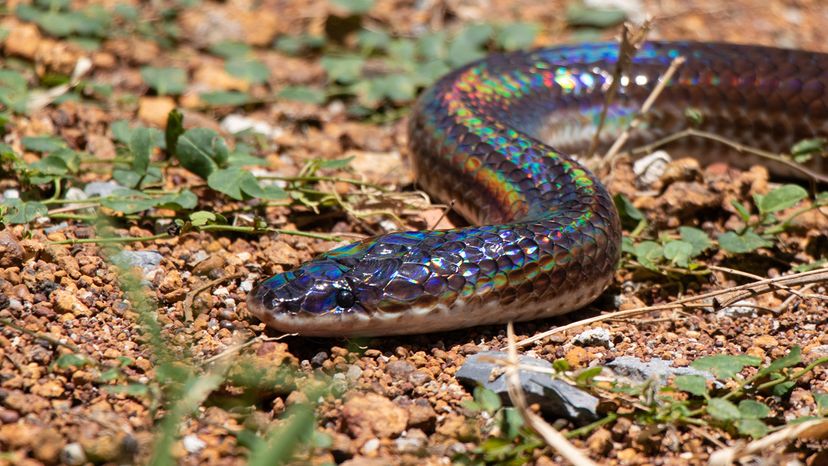
The sunbeam snake of the Xenopeltidae genus is one of the most visually stunning reptiles you’ll ever encounter. These snakes, native to Southeast Asia, are known for their dark pigmentation and highly iridescent scales that shimmer with rainbow colors in sunlight.
Despite their striking appearance, sunbeam snakes are relatively unknown outside of their natural habitat — excellent fodder for aspiring ophiophilists.
Advertisement
Sunbeam snakes are often considered primitive snakes, as their anatomy and behavior differ significantly from those of more advanced snakes. Their highly polished scales and unique lifestyle make them stand out among the many snakes and lizards in Southeast Asia.